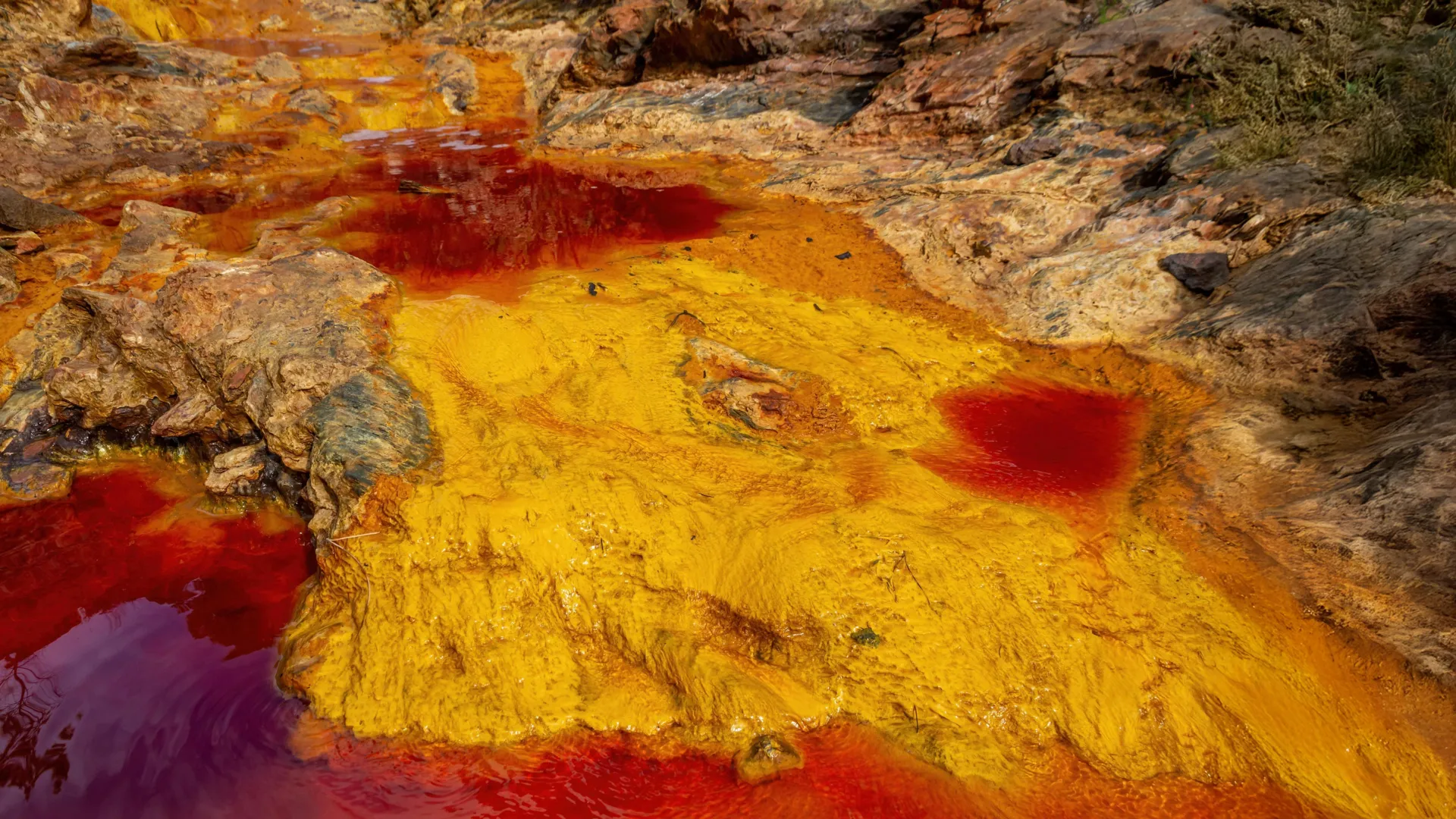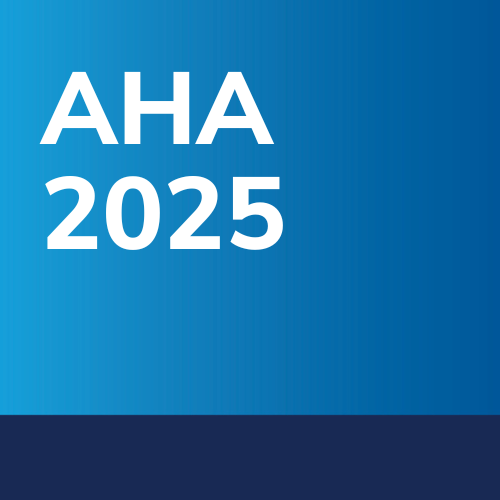Drinking caffeinated coffee is safe for people with atrial fibrillation and may help protect against recurrence of the disorder, a new study finds.
More than 10 million Americans live with atrial fibrillation, or A-fib, a common heart disorder…

Drinking caffeinated coffee is safe for people with atrial fibrillation and may help protect against recurrence of the disorder, a new study finds.
More than 10 million Americans live with atrial fibrillation, or A-fib, a common heart disorder…

Google confirms it’s time to restart your Chrome browser.
NurPhoto via Getty Images
Updated November 9 with further advice for browser users following the Google Chrome 142 security update, including Microsoft’s Edge gift card assault on…

An international research team led by microbiologists Marc Mussmann and Alexander Loy at the University of Vienna has uncovered a completely new type of microbial metabolism. The newly identified microorganisms, known as MISO bacteria, are able…

An international research team led by microbiologists Marc Mussmann and Alexander Loy at the University of Vienna has uncovered a completely new type of microbial metabolism. The newly identified microorganisms, known as MISO bacteria, are able…

Researchers have discovered the brightest and most powerful flare ever seen from a supermassive black hole. Located about 10 billion light-years away, this black hole, called “J2245+3743,” is estimated to have a mass of around 500 million…

Two new studies presented at AHA 2025 shed light on post-ablation strategies for atrial fibrillation (AFib). The DARE-AF trial found that a three-month course of dapagliflozin failed to prevent early AFib recurrence in patients without current…

She’s been called “the acting world’s best-kept secret.” But Jessie Buckley’s latest role, in the film “Hamnet,” may change that. As Rolling Stone put it, people “will be talking about Jessie Buckley’s performance for years.”
Buckley plays…

Ariana Grande attended the Paris premiere of Wicked: For Good on November 8.
She opted for a truly divine vintage Givenchy gown with ethereal, magical detailing.
Also during her stop in Paris, she wore a custom hot pink Givenchy dress along…
You don’t have permission to access “http://cricket.one/cricket-news/india-vs-pakistan-in-colombo-wankhede-to-host-t20-world-cup-2026-semis-report/6910a69439a217ec3c75817c” on this server.
Reference…